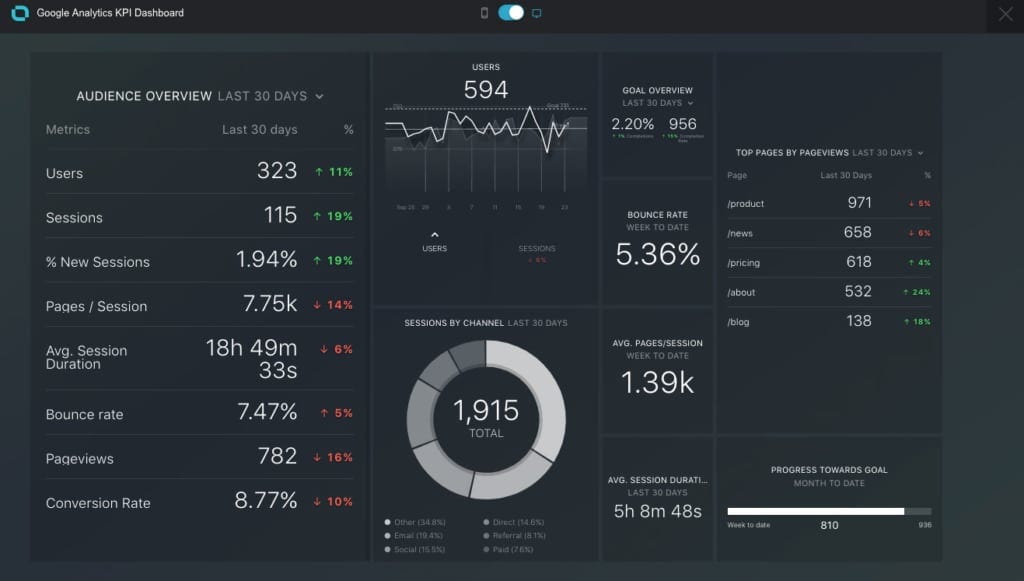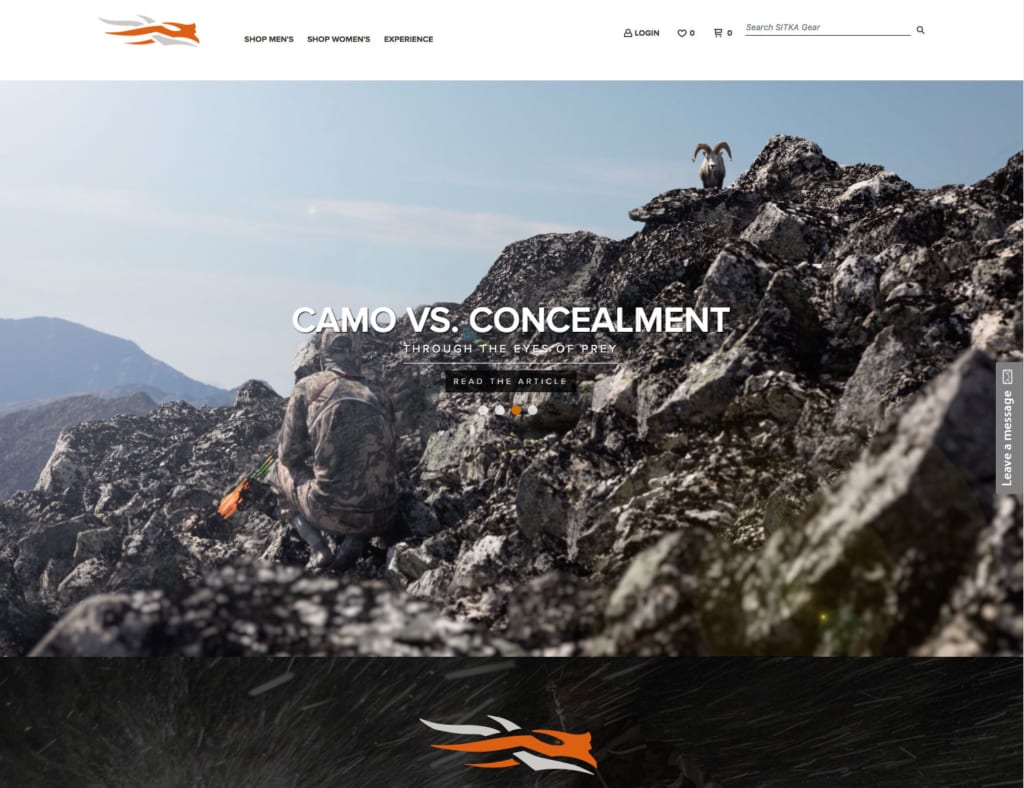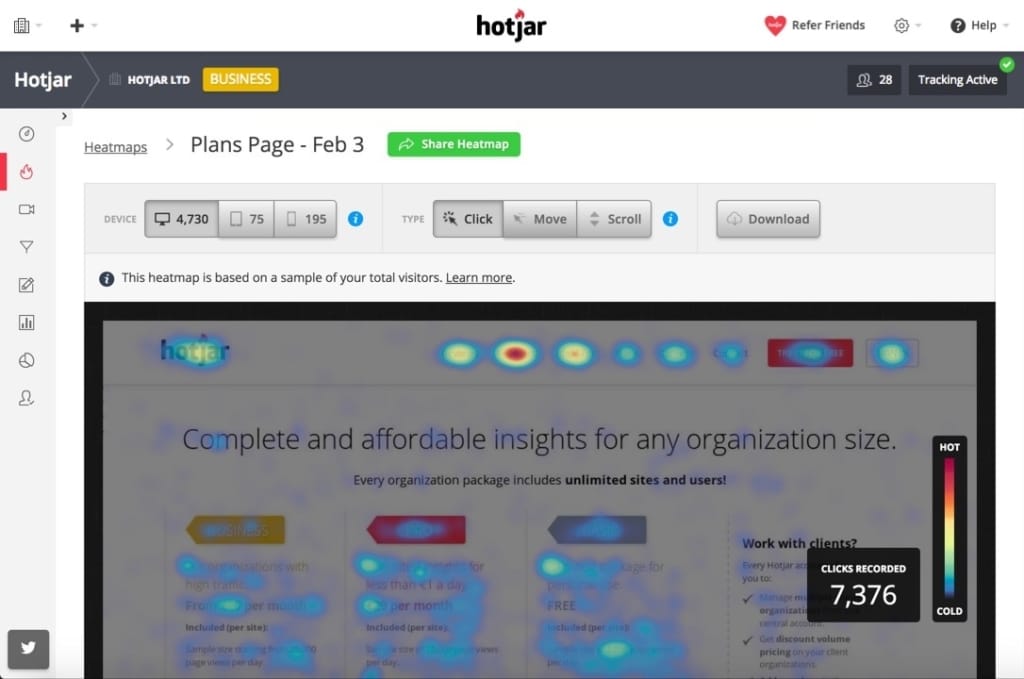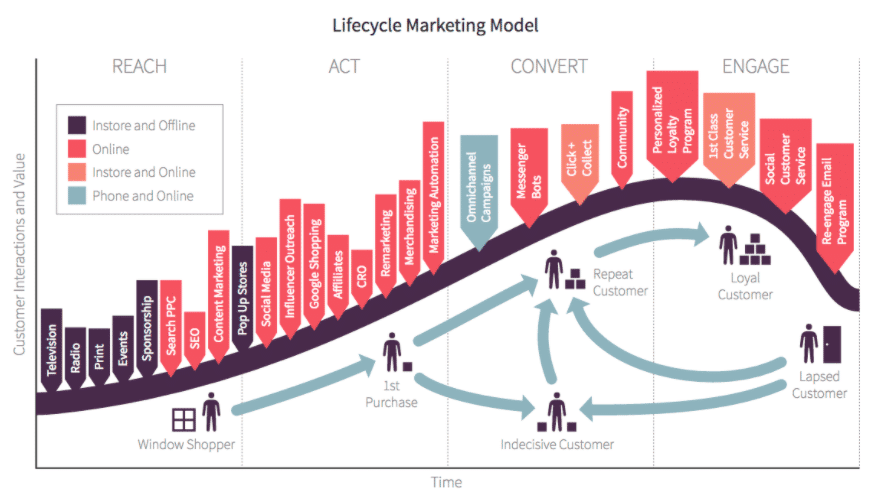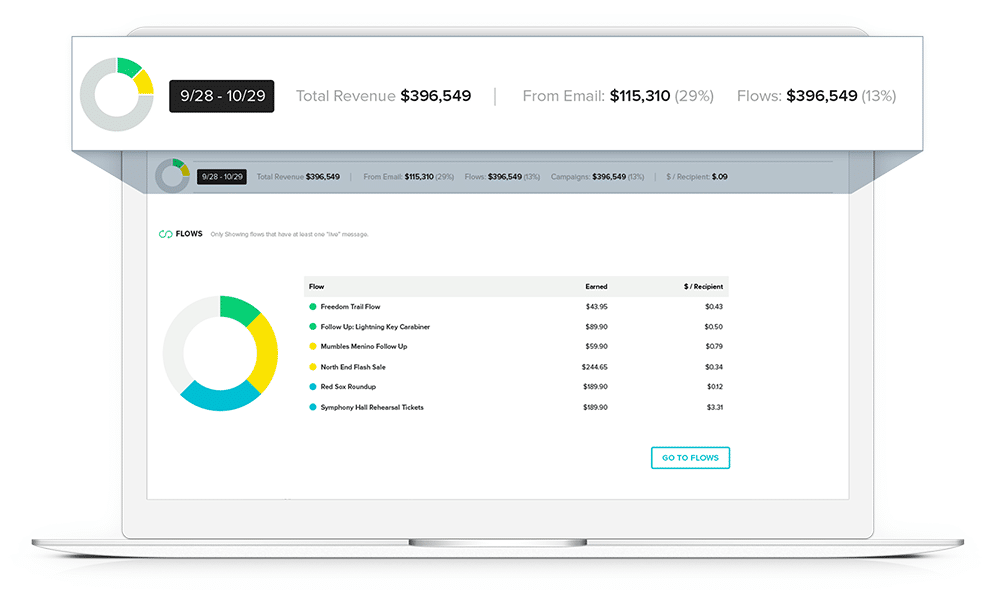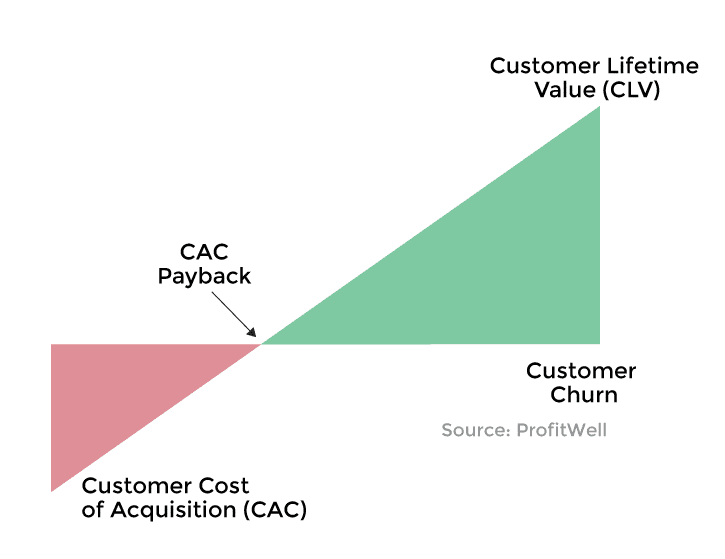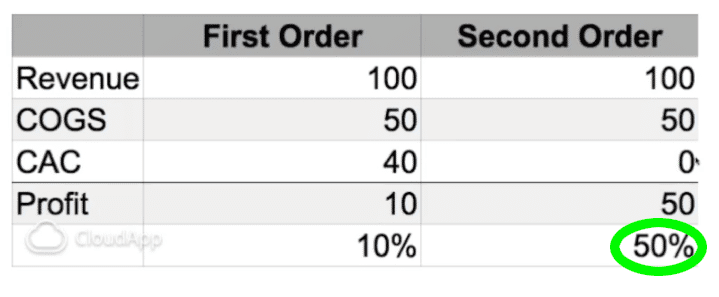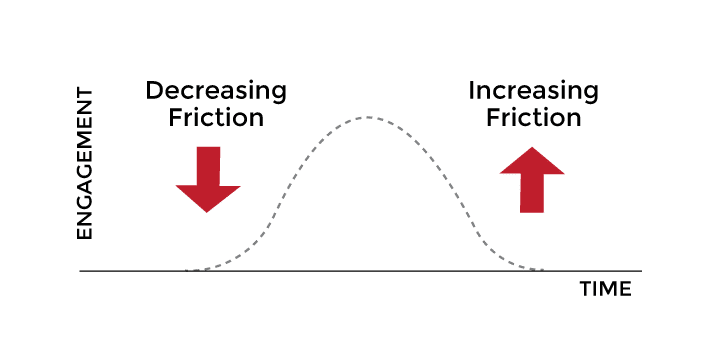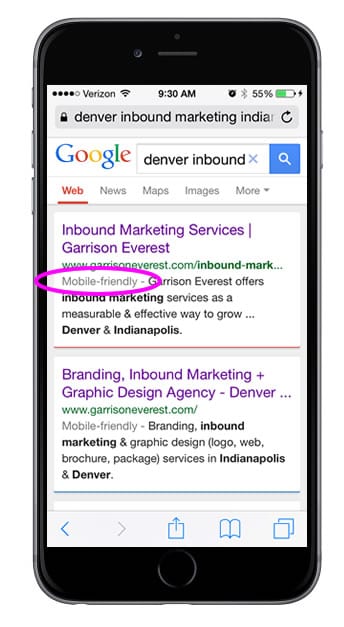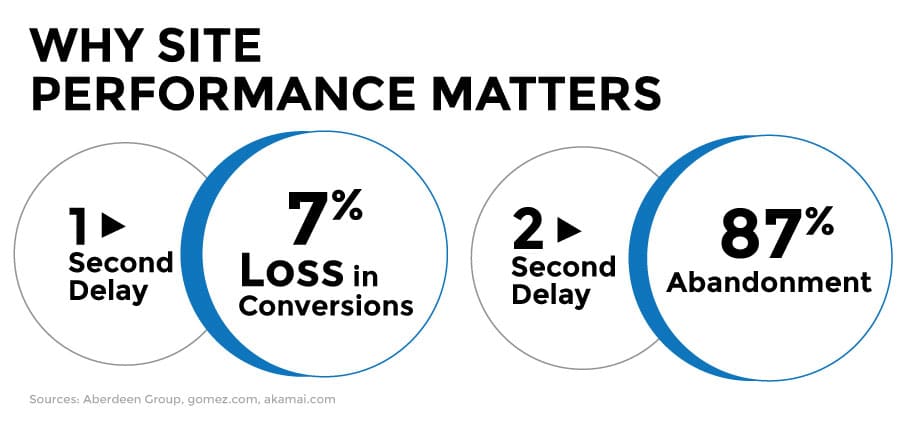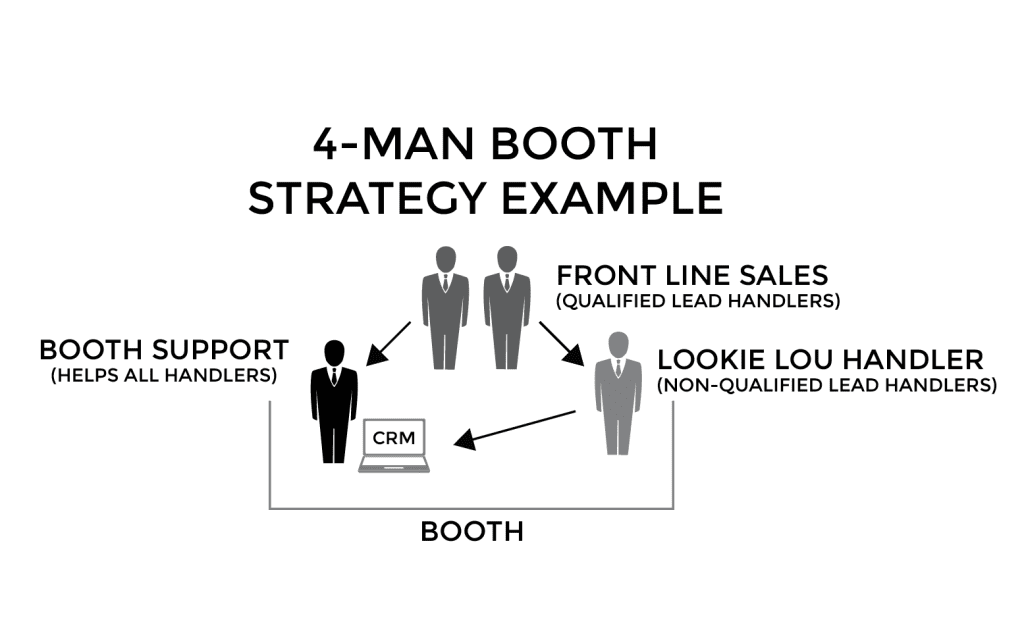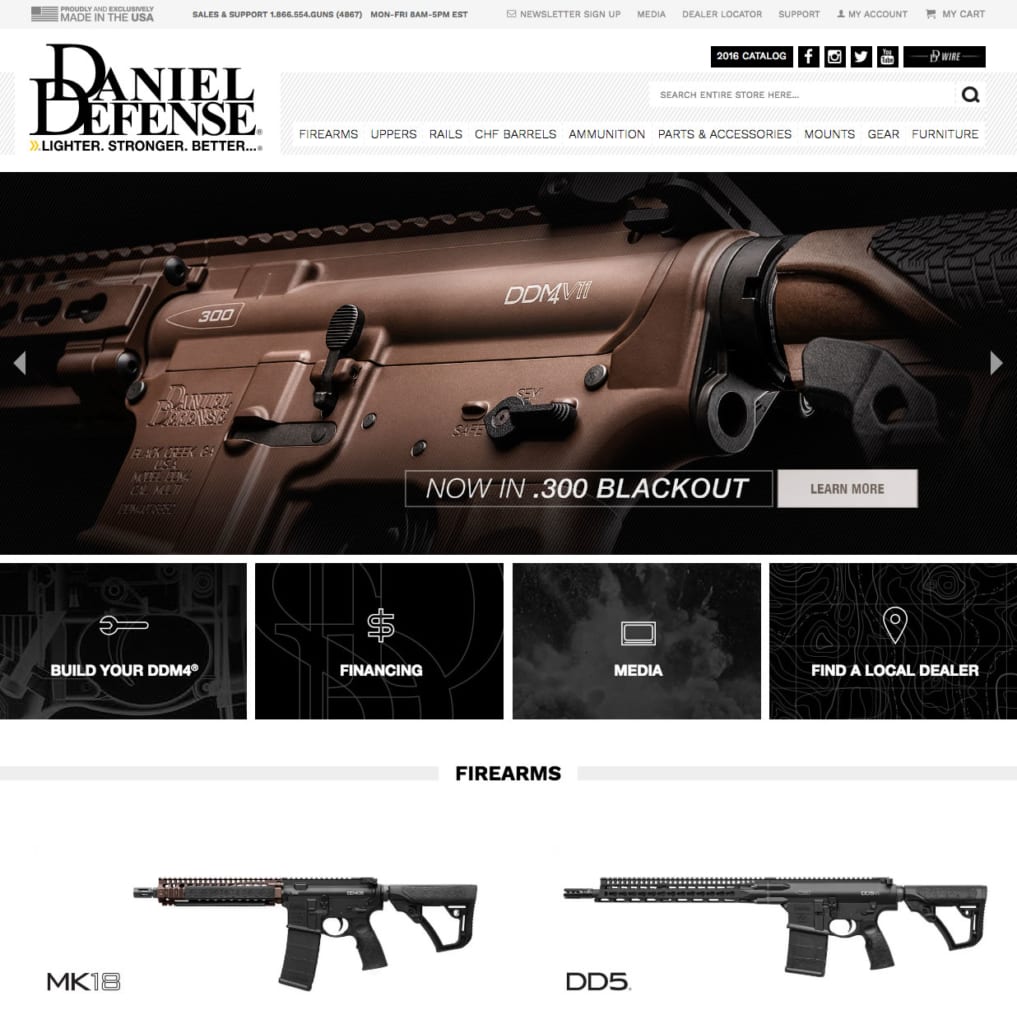
Over the years, Garrison Everest has identified several factors that every outdoor website needs to be successful online. We’ve found (after completing over a hundred websites), brands who are meeting or exceeding their goals have these eight foundational website traits in common. By adhering to these basic premises, you will have a solid foundation to conduct digital marketing and grow your business more efficiently.
You can’t track what you don’t measure. Every website project should start with clear goals and key performance indicators (KPIs) on what you want to achieve. These goals need to be regularly tracked and reported on monthly. Having a good understanding of what metrics are important to you (visits, bounce rate, sales, shares, likes, clicks, subscriptions, conversations, etc.) will ultimately make your contact and sales generation more successful.
2. Credible Design, Photography and Copy
Engaging design, photography, and copy is a must in today’s digital environment. Canned stock photos will hinder the sales process and fail to build the necessary trust with your prospects. Short and concise copy—based on your buyer persona—is needed to grab and hold your visitor’s attention. Copy and imagery work together to tell your brand, product or services’ story—that ultimately spurs the sales process. Copy should be based on your prospect’s lifestyle and how you solve their problems.
3. WordPress Content Management System
WordPress is an online, open source website creation tool written in PHP. But in non-geek speak, it’s probably the most straightforward and most powerful blogging and website content management system (or CMS) in existence today. WordPress powers over 27 % of all websites on the web (Source: Tech Republic). It is easy to manage and scale as your business grows.
4. WooCommerce
For E-commerce installations, Garrison Everest strictly uses WooCommerce. WooCommerce powers over 28% of all online stores (Source: Pixelo). Plugin subscriptions are updated annually that add extra functionality to your website for a fraction of the cost. Plugins include shipment tracking, payment processing, deposits, email subscriptions, automation and more.
Automation and Abandoned Cart Email
For every 100 potential customers, 67 of them will leave without purchasing. How much would your revenues increase if you were capturing those sales instead of losing them? (Source: Shopify) An automation and abandoned cart email program can make your e-commerce store more profitable. And don’t forget to add an email subscription form for prospects to sign up for your blog and newsletter.
5. Fast and Secure Hosting
Garrison Everest partners with WP-Engine to power our client’s website. WP-Engine hosting comes with an SSL (Secure Socket Layer) that shows your visitors you are a credible and trustworthy business giving you a rankings boost on Google. Our hosting also employs a Content Delivery Network (CDN) that makes your site faster and more secure—making it less likely to be brought down by hackers.
6. SEO and Content
Depending on your segment in the outdoor industry, updating your website’s blog regularly (at least twice a month) will be necessary for you to build organic rankings, links and value on search engines.
Companies that blog have better marketing results. Specifically, the average company that blogs has:
- 55% more visitors
- 97% more inbound links
- 434% more indexed pages
Websites that provide helpful and relevant content will rank higher. Value-added content will also help grow your social media networks. (Source: HubSpot)
Most companies will invest a significant amount of capital in a website, launch it, and then do nothing with it for three years. To get the most out of your website, ongoing audits, user interaction testing, heat mapping, copy, SEO and design experiments should be conducted to optimize your brand’s most important sales channel.
8. Instant Messaging
Gone are the days of forms for potential prospects to contact you. Since we’ve added Drift, the world’s first and only conversational marketing and sales platform to our website and other client websites—we’ve seen an almost 80% increase of leads. When prospects hit your website, they are searching for a solution to a problem they’re having. At this moment in their buyer’s journey, they are in the exploratory phase and are looking for answers to your questions. Instant message meets them at the right place and the right time.
By adding and conducting these eight components on your outdoor website, you will have a firm digital marketing foundation in which to build your online business.



